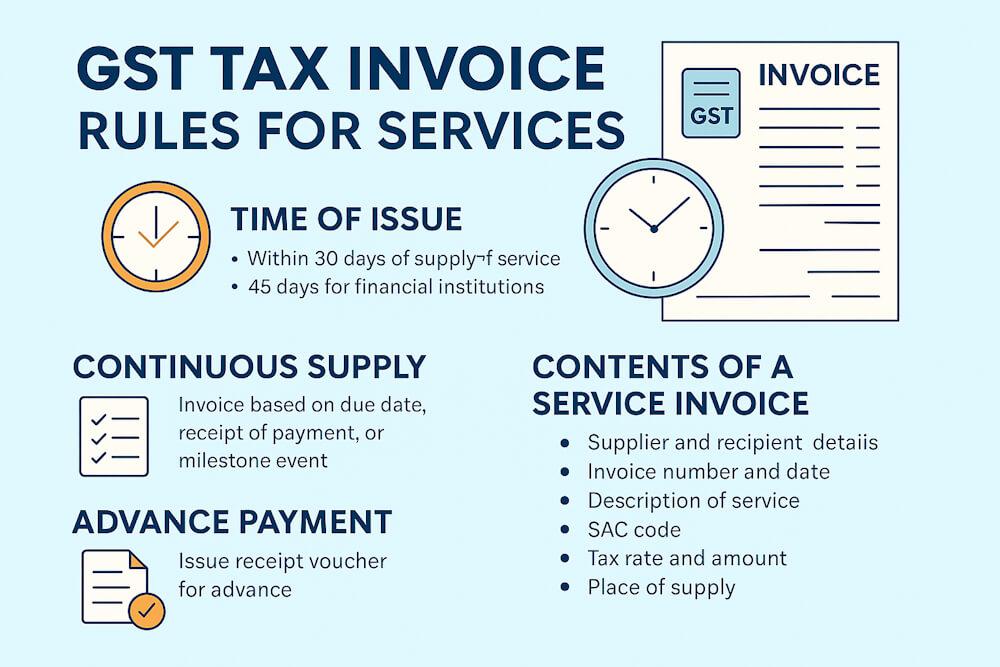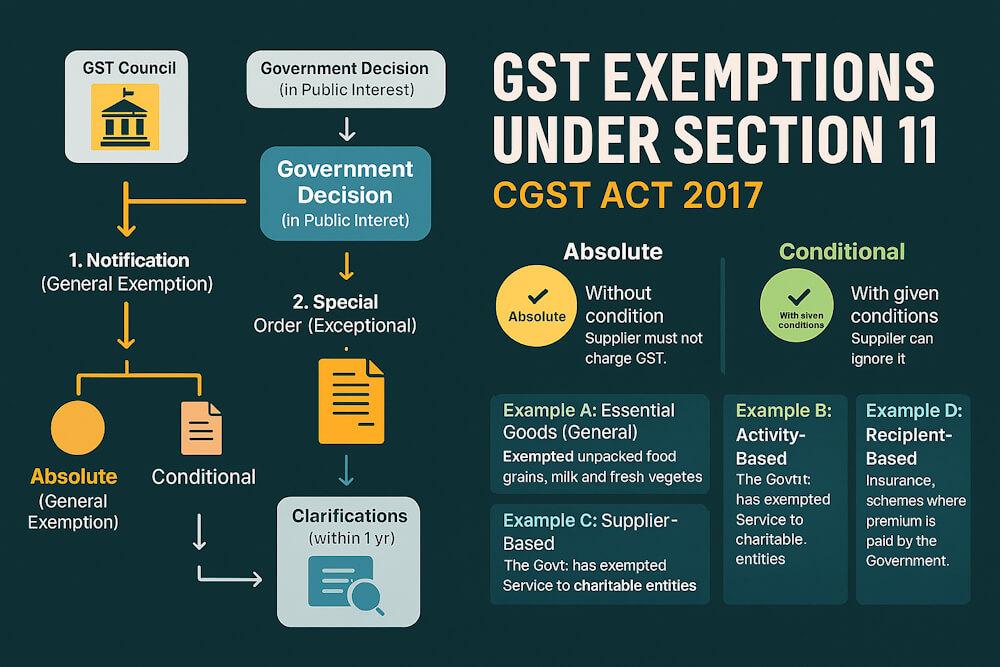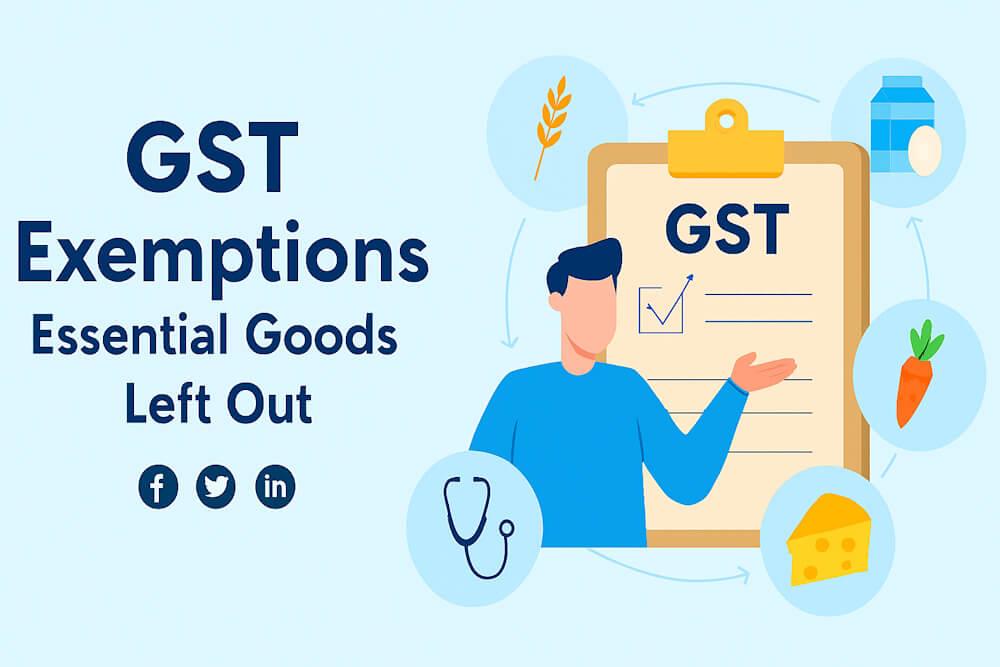Overview of Data
Data can be defined as a representation of facts, concepts, or instructions in a formalized manner, which should be suitable for communication, interpretation, or processing by human or electronic machine.
Data is represented with the help of characters such as alphabets (A-Z, a-z), digits (0-9) or special characters (+, -, /, *, <, >, = etc.).
Data usually refers to raw data, or unprocessed data. It is the basic form of data, data that has not been analyzed or processed in any manner. Once the data is analyzed, it is considered as information.
Data is considered to be raw data. It represents ‘values of qualitative or quantitative variables, belonging to a set of items.’ It may be in the form of numbers, letters, or a set of characters. It is often collected via measurements. In data computing or data processing, data is represented by a structure, such as tabular data, data tree, a data graph, etc.
Once the data is processed, organized, structured or presented in a given context, it can become useful. Then data will become information, knowledge.
Data Processing Cycle
Data processing is the re-structuring or re-ordering of data by people or machine to increase their usefulness and add values for a particular purpose. Data processing consists of the following basic steps - input, processing, and output. These three steps constitute the data processing cycle.
Input
In this step, the input data is prepared in some convenient form for processing. The form will depend on the processing machine. For example, when electronic computers are used, the input data can be recorded on any one of the several types of input medium, such as magnetic disks, tapes, and so on.
Processing
In this step, the input data is changed to produce data in a more useful form. For example, pay-checks can be calculated from the time cards, or a summary of sales for the month can be calculated from the sales orders.
Output
At this stage, the result of the preceding processing step is collected. The particular form of the output data depends on the requirement.





